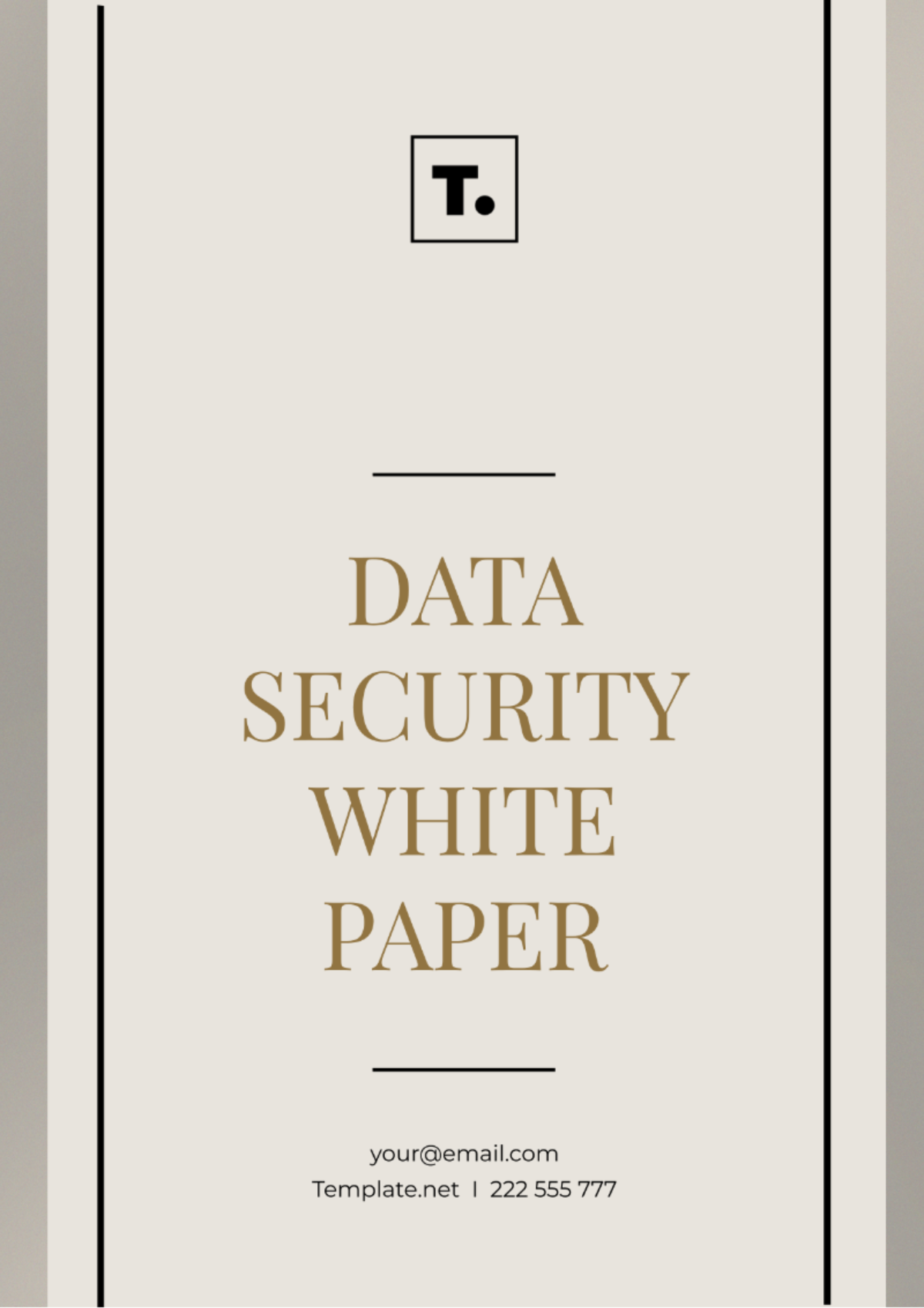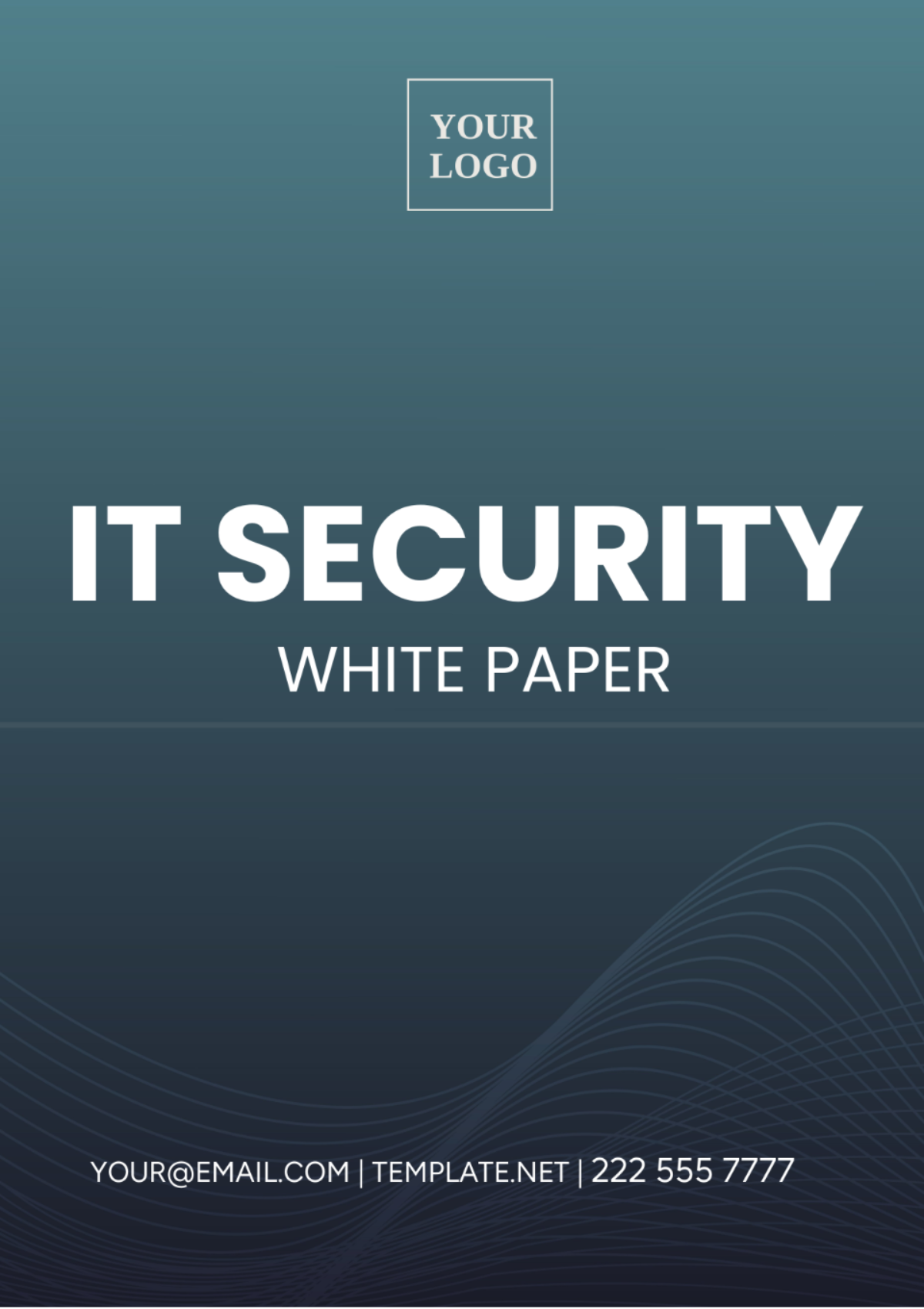Free Security White Paper
Introducing the Security White Paper Template from Template.net! Crafted with precision, it's more than just a document – it's your shield against cyber threats. This editable and customizable gem empowers you to fortify your business with ease. And with our AI Editable Tool, tailor it to your exact needs effortlessly. Safeguard your future today.


















